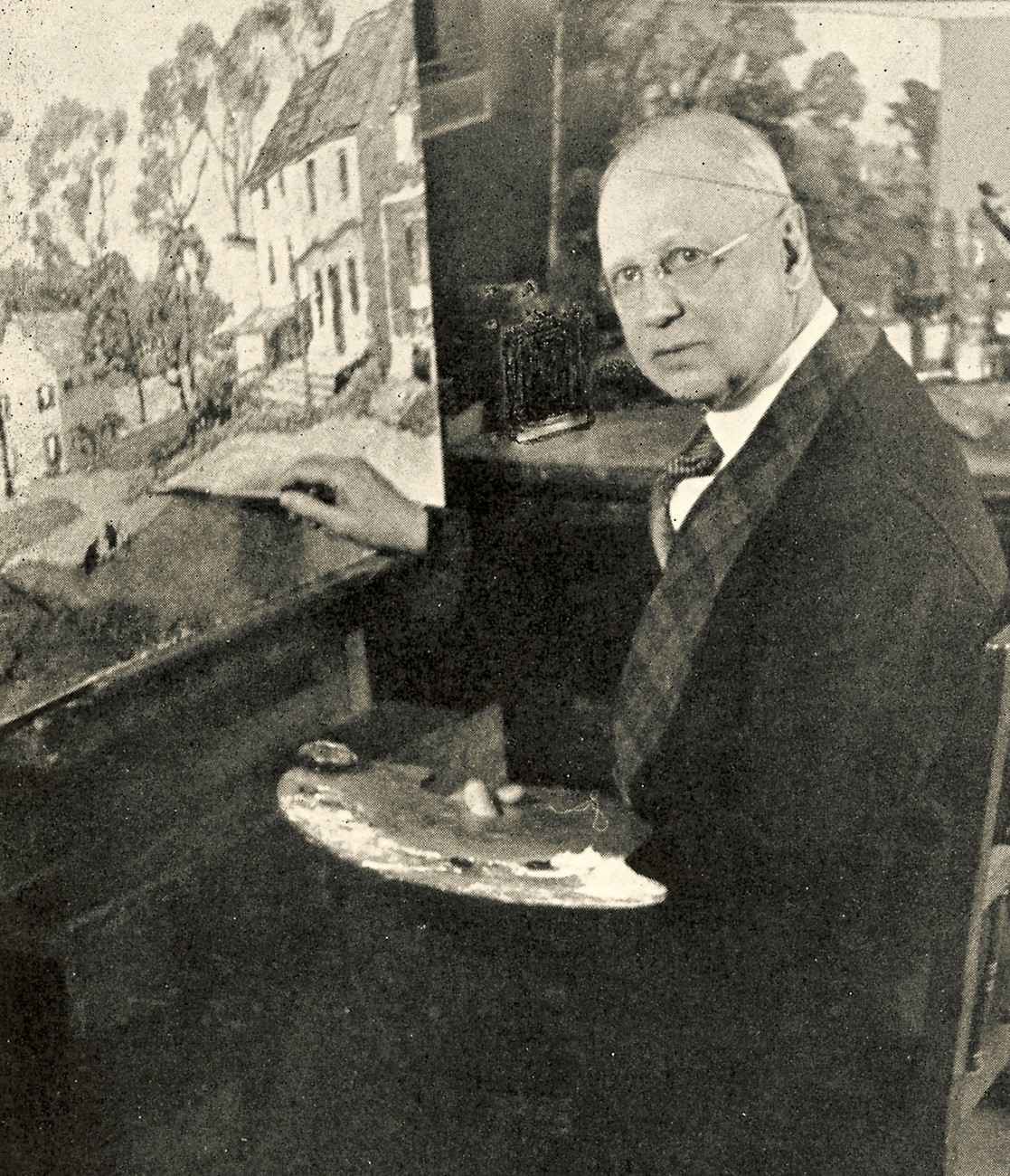John Wells James (1873 - 1951) Works

John Wells James (1873 - 1951)
A master of both landscape and still life painting, Brooklyn-born John Wells James was a significant member of the New Hope Art Colony. He was the president of a successful wholesale drug company in Brooklyn, New York, of which he owned in partnership with his three brothers. Although James had spent time studying with several fellow artists such as Max Kuehne and James Knox, he was proclaimed to be largely a self-taught artist.
James purchased a summer home in Solebury, near New Hope in the 1920s. Dividing his time between New Hope and Brooklyn, James maintained studios in both locations. He is remembered most for his tightly constructed impressionist landscapes of the picturesque scenery along the Delaware River. Colorful and fresh, his painterly canvases resonated with collectors within the art community. He exhibited frequently at the Phillips Mill with the New Hope crowd as well as in New York at the Salmagundi Club and the National Academy of Design, also at the Pennsylvania Academy of Fine Arts, the Carnegie Institute and the Corcoran Gallery of Art.
James, passionate about flowers, created a fairly substantial body of still life paintings. These delicate compositions were carefully created as the artist studied his subject in the same way a portrait painter would study his sitter. His goal was to capture the individuality and expression of each flower which had been gathered from the garden of James’ Solebury home.
A great inspiration to James was artist Ernest Lawson, who was said to be his favorite painter. James spent time in New England as well as abroad on various painting excursions. He was especially fond of Spain. Also among his talents, was frame-making, an art which he most likely learned from close friend, Max Kuehne. John Wells James died in 1951 while traveling in France.
Sources:
- New Hope for American Art by James Alterman
- American Artist, June 1945
- Bianco Gallery Archives, 1995

